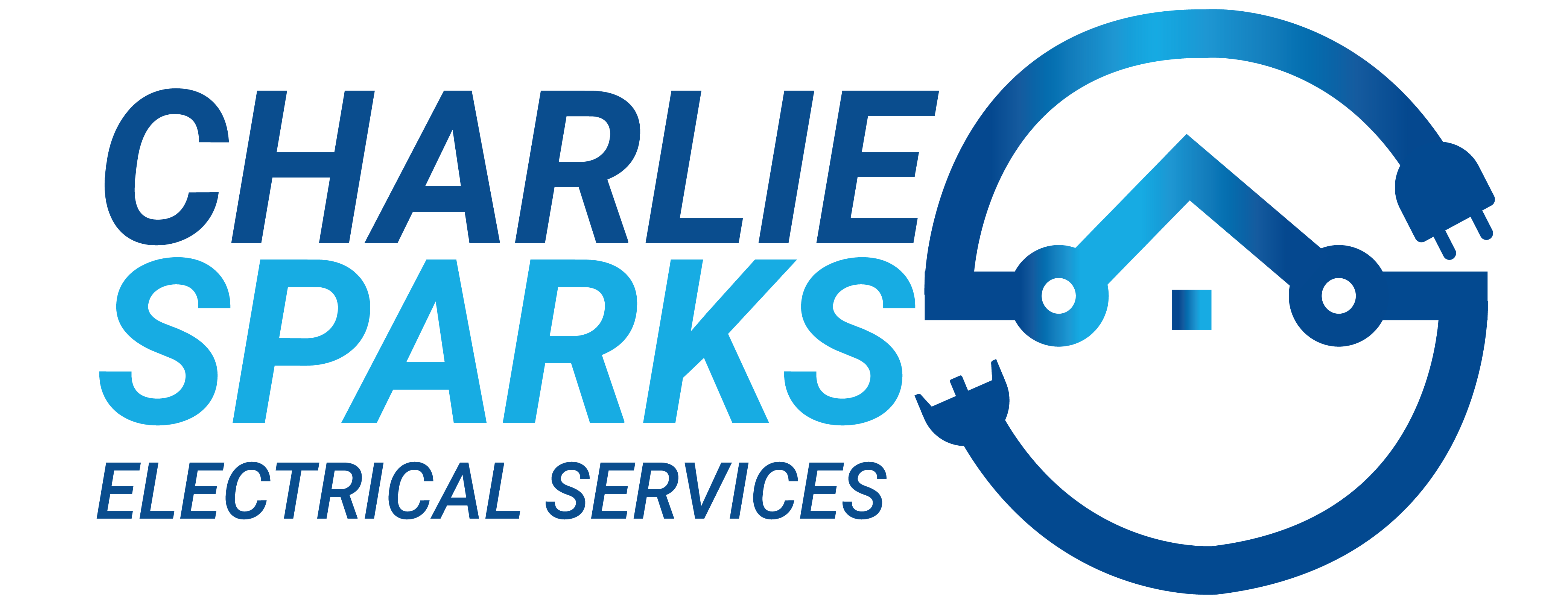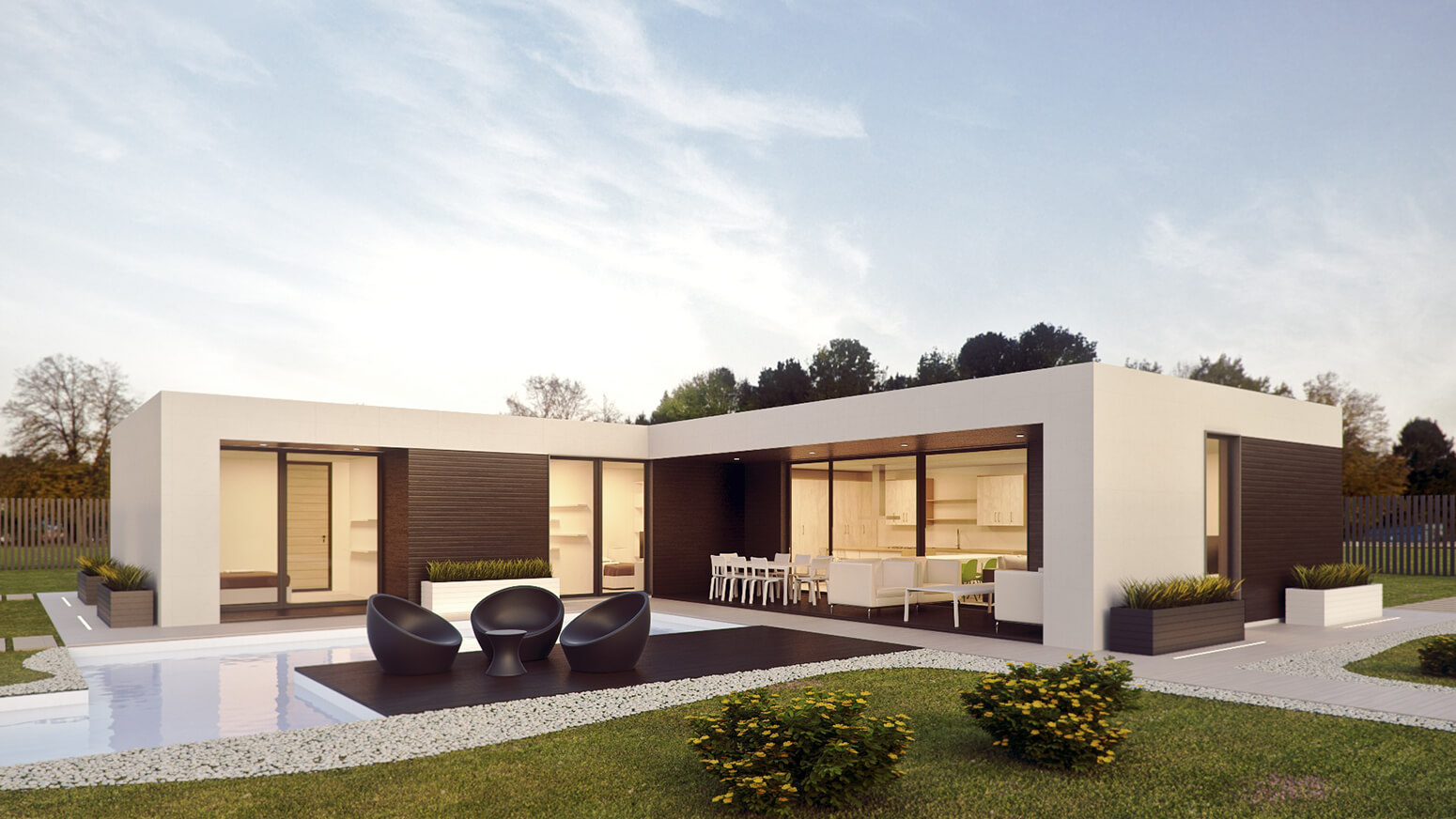A home must have proper lighting to ensure its aesthetic appeal, safety, and energy efficiency.
Improving the quality of light in your home can not only contribute to its aesthetic appeal, but may also be a cost-effective measure in the long-term. There are a variety of strategies to enhance the lighting of your home.
This article provides a concise guide on how to improve the lighting in your home in ten simple steps. Not only will this help create a better illuminated space, but it will also provide cost-effective solutions and a stylish aesthetic!
Having a Lamp is a Must
Task lighting consists of lamps, which can serve both a functional and decorative purpose. When selecting lamps, it is important to consider the size, shape, and style so it will coordinate with your decor.
Contemporary lamps are available in a wide range of styles to suit any type of décor.
They enhance the aesthetic of the decor, creating a welcoming and inviting ambience for the home.
Switch to LED Light Bulbs
No matter how long you use lights, it is recommended to replace traditional light bulbs with energy-efficient lighting such as LEDs.
These come in different shades of cool daylight and warm glow, creating a pleasant atmosphere in your home.
You can add LED rice lights as a more energy efficient alternative to power-gulping colourful options if you are feeling festive. Be sure to take note of the bulbs that are used most frequently, as they will need to be replaced eventually.
LED table lamps provide effective task lighting, particularly for extended periods of reading and writing.
Install Dimmer Switches
The modern home offers more flexibility and control over the atmosphere and power consumption with the inclusion of smart devices. The installation of dimmer switches for the home’s light fixtures provides an additional level of customization.
The installation of dimmer switches is an effective way to modify the illumination of your home, particularly when attempting to harmonise natural and artificial light. Smart dimmers are capable of regulating light intensity up to 80 watts, as well as providing the capability to switch off and on.
Installing dimmer switches in your stylish home decor lights can help create a soft, welcoming ambience in your home while simultaneously reducing electricity costs by curtailing unnecessary energy consumption. To optimise the efficiency of this energy-saving solution, consider installing dimmer switches in as many rooms as possible.
Use Smart Switches
If someone were to suggest investing in smart lights as part of modern home decoration, one might not consider all the possibilities. From basic white bulbs, to track lights that can focus illumination on a specific area, smart lighting can be controlled via a mobile device, offering a range of customizable options.
Designer versions of smart lights may be installed in residential settings, ranging from chandeliers to track lights.
You can conveniently turn these lights off remotely, ensuring that you will not have to worry about forgetting to switch them off when you leave the house. Doing so will also help you save money by reducing your energy consumption.
Replace Old Bulbs
It is recommended to replace the light fixtures in high-traffic areas such as the kitchen or entryway with energy-efficient bulbs bearing the Energy Star label.
These bulbs not only promote energy conservation, but also yield savings of up to $135 per bulb in energy costs.
These light bulbs are guaranteed by the manufacturer, ensuring longevity of use.
Add Layers of Light
In order to achieve optimal illumination, it is recommended to implement at least three sources of light into any room.
Utilising multiple light sources will not only enable one to adjust the brightness of the space, but it also allows for further accentuation of the finer details of the room’s design.
Add More Fixtures
One effective technique to enhance the illumination of a living space is to introduce additional luminaires.
Strategically positioning wall sconces or pendant lights can illuminate a dim corner or corridor, whereas a number of floor lamps can be highly effective in a living room or dining room.
When designing your living space, consider incorporating three main types of lighting fixtures to enhance illumination.
Ambient:
Task:
Accent:
Control Lights with Automation System
Frequently Asked Questions
LEDs are the most versatile and adaptable lighting solution, making them suitable to substitute dimmable lights and spotlights, while providing an energy-saving alternative to CFLs.




